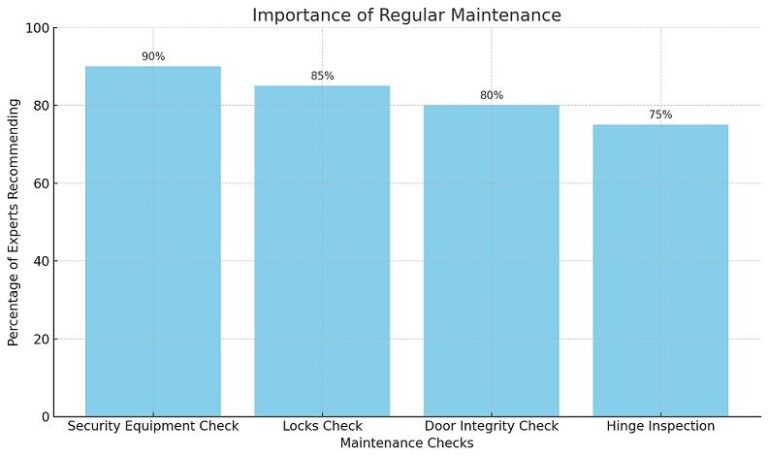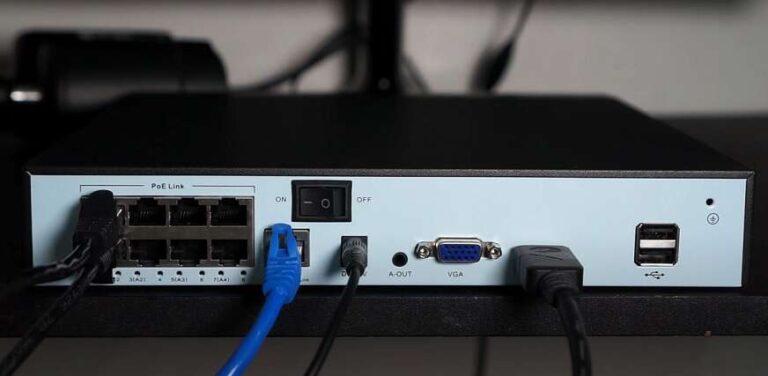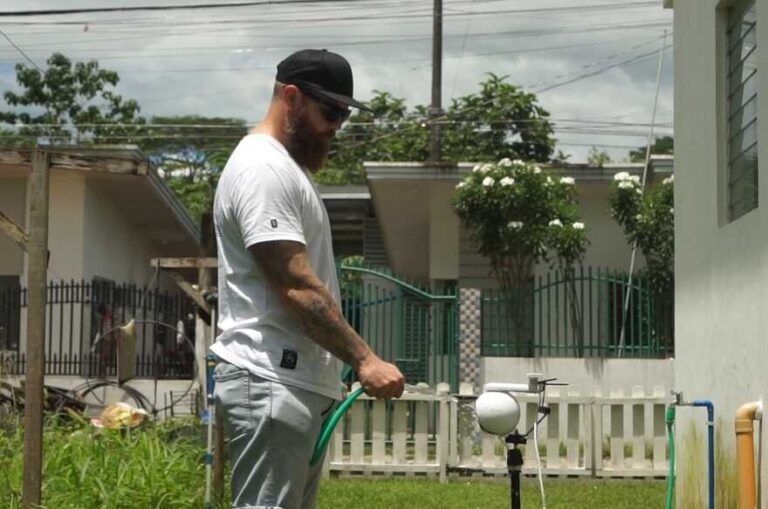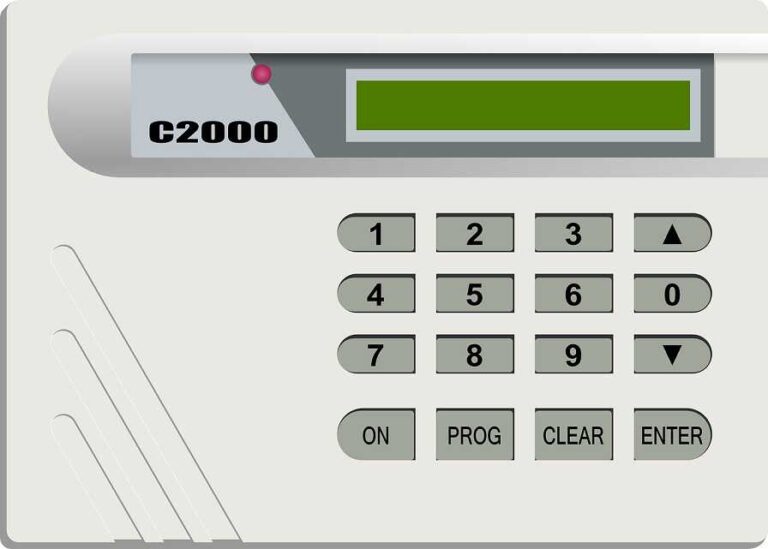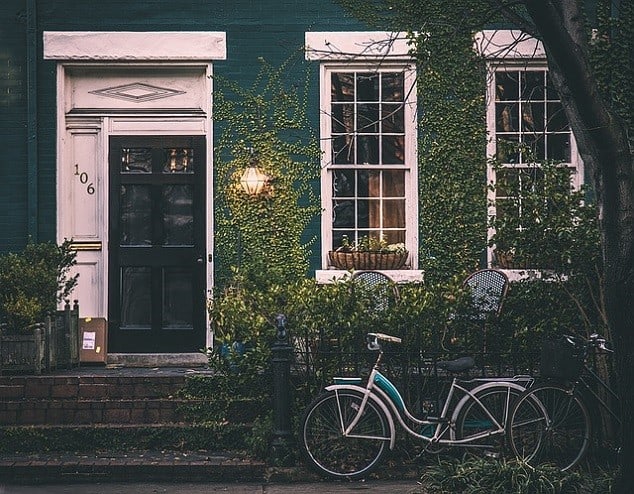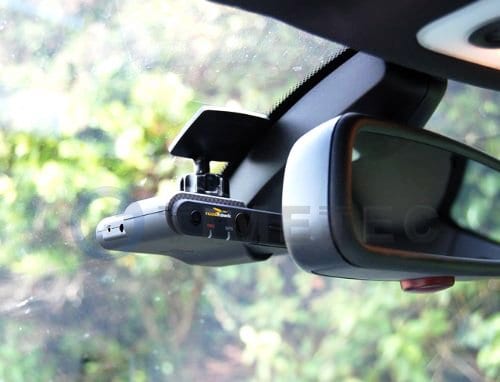How to Create a Safe Room in Your Home
In today’s unpredictable world, creating a safe room in your home can provide you and your family with a secure haven during emergencies or threatening situations. A safe room, also known as a panic room, is a specially designed space that offers protection against various hazards such as home invasions, severe weather, or natural disasters.
This article will guide you through the process of creating a safe room in your home, ensuring the safety and well-being of your loved ones.
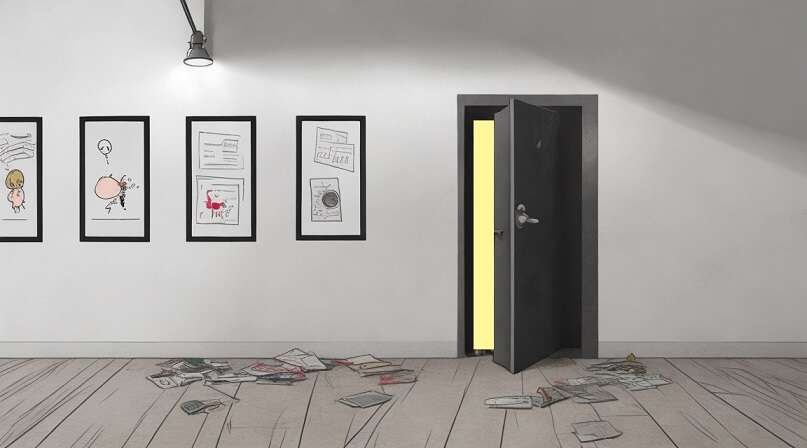
Understanding the Importance of a Safe Room
In uncertain times, having a safe room ensures the safety of your family members and provides peace of mind. It offers a secure space where you can retreat and wait for help during emergencies such as home invasions, violent storms, or even terrorist attacks. Additionally, a safe room can also protect your valuable possessions, including important documents, heirlooms, and emergency supplies.
Selecting an Ideal Location for Your Safe Room
When choosing a location for your safe room, consider a room that is easily accessible and can be fortified effectively. Ideally, select an interior room without windows or with minimal windows. Basements, closets, or bathrooms can serve as excellent choices due to their inherent structural strength.
Reinforcing Walls, Floors, and Ceilings
To ensure the structural integrity of your safe room, reinforce the walls, floors, and ceilings. Use materials such as steel plates, reinforced concrete, or bullet-resistant fiberglass to fortify these surfaces. Consult with a professional contractor or engineer to determine the most suitable approach based on your home’s construction.
Securing Doors and Windows
The doors and windows of your safe room are critical points of vulnerability. Install solid core or metal doors with multiple locks, deadbolts, and a reinforced door frame. Consider adding security film to windows or using shatter-resistant glass. Reinforce any potential weak points to minimize the risk of unauthorized entry.
Essential Supplies and Equipment
Equip your safe room with essential supplies and equipment to sustain you and your family during an emergency. Store non-perishable food, drinking water, first aid kits, flashlights, batteries, a portable radio, and any necessary medications. Keep a list of emergency contact numbers and important documents readily available.
Communication and Emergency Systems
Establish reliable communication within your safe room. Install a landline phone or ensure that you have a robust cell phone signal. Consider having a backup power supply, such as a generator or high-capacity batteries, to ensure uninterrupted communication and access to information during power outages.
Maintaining Discretion and Privacy
Maintain discretion and privacy by concealing the existence of your safe room within your home. Avoid obvious indicators or signage that might draw attention to the safe room. It is essential to keep its existence confidential to maximize its effectiveness in an emergency situation.
Regular Inspections and Upkeep
Regularly inspect and maintain your safe room to ensure its functionality and readiness. Check for any signs of wear and tear, damage, or compromised security features. Replace expired supplies and batteries as needed. Conduct drills and practice emergency protocols with your family members to familiarize them with the safe room’s layout and procedures.
Training and Drills for Emergency Situations
Training and drills are crucial for effective utilization of your safe room during an emergency. Establish a comprehensive emergency plan that includes specific procedures for different scenarios. Conduct regular drills with your family, simulating various emergency situations to ensure everyone knows how to react swiftly and calmly.
Seek Professional Assistance
If you are unsure about the design, construction, or reinforcement of your safe room, it is advisable to seek professional assistance. Consult with security experts, architects, or engineers who specialize in safe room construction. They can provide valuable insights, assess your home’s unique characteristics, and recommend the most appropriate measures to enhance the safety and security of your safe room.
Conclusion
In a world filled with uncertainties, creating a safe room in your home offers a vital layer of protection for you and your loved ones. By carefully selecting an ideal location, reinforcing the structure, securing entry points, stocking essential supplies, and maintaining discretion, you can ensure a safe haven during emergencies or threatening situations. Regular inspections, training, and seeking professional assistance will further enhance the effectiveness and readiness of your safe room.
FAQs (Frequently Asked Questions)
Q: How much does it cost to create a safe room in a home?
A: The cost of creating a safe room can vary depending on factors such as size, location, desired features, and the level of reinforcement. It is best to consult with professionals to get accurate cost estimates based on your specific requirements.
Q: Can a safe room be added to an existing home?
A: Yes, a safe room can be added to an existing home. With proper planning and expert guidance, it is possible to retrofit an interior space to function as a safe room.
Q: Can a safe room withstand natural disasters such as earthquakes?
A: A well-designed safe room can offer protection against various threats, including earthquakes. By using reinforced materials and following recommended construction guidelines, a safe room can provide a higher level of safety during seismic events.
Q: Should children be involved in safe room drills?
A: It is crucial to involve children in safe room drills and educate them about the purpose and procedures. Practice drills help children develop a sense of preparedness and understand the importance of following safety protocols.
Q: Are there any legal regulations or permits required for building a safe room?
A: The legal regulations and permit requirements for building a safe room can vary depending on your location. It is essential to check with local authorities or consult professionals to ensure compliance with applicable building codes and regulations.

